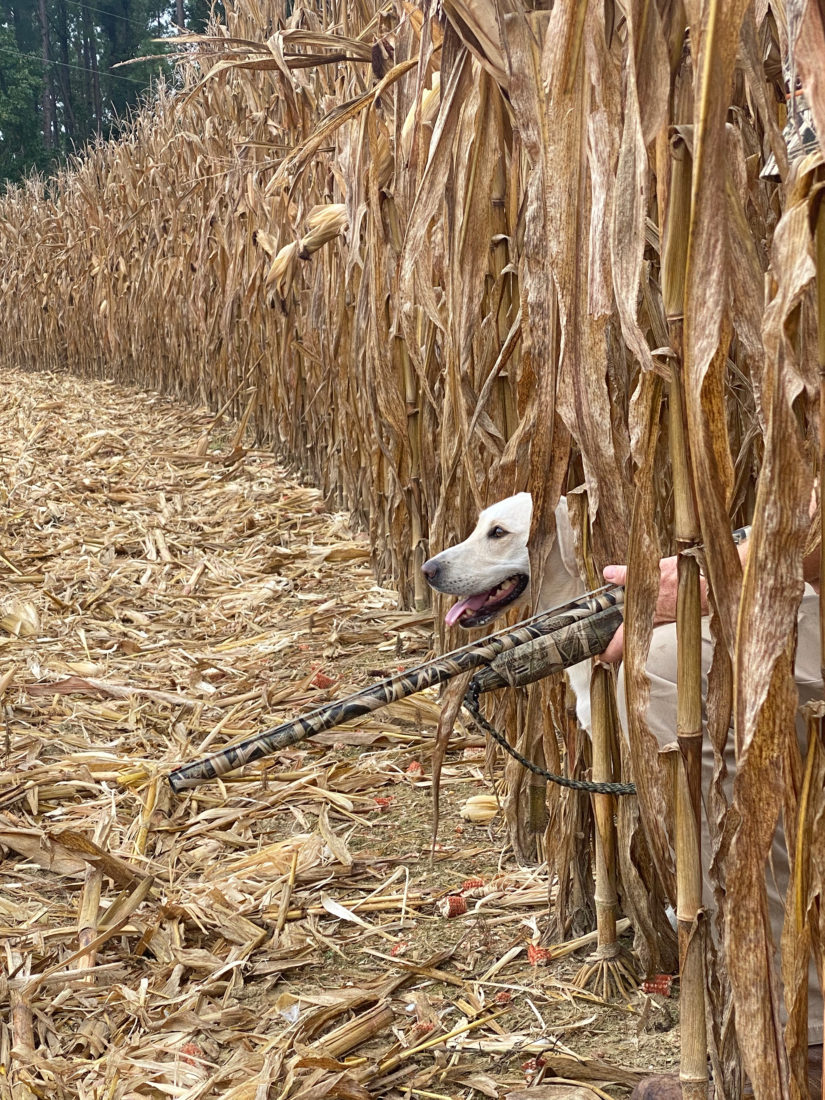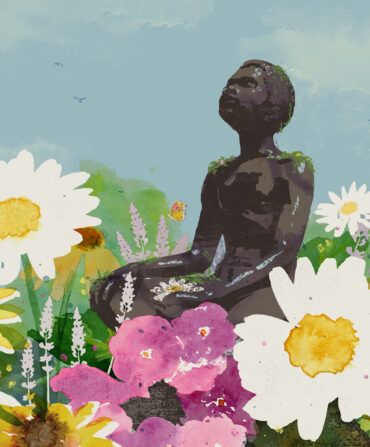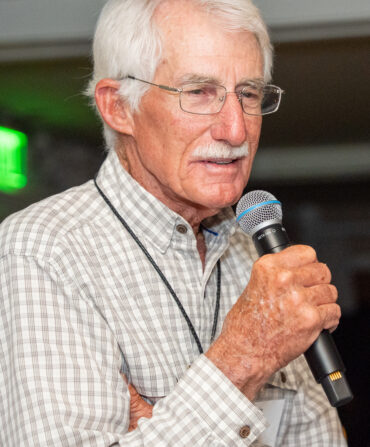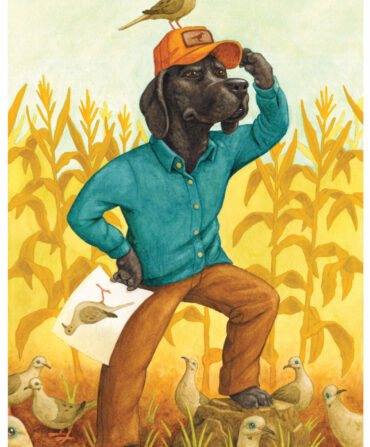Opening day of dove season in Arkansas is practically a national holiday, says Chris Akin, the owner of Webb Footed Kennel outside Jonesboro and a diehard dove and duck hunter. It might also be the biggest day in a young dog’s life. “That first dove hunt is not just about having a great day,” he explains. “You’re setting a precedent for that dog for the next ten or twelve years in the field. It’s a big stage, and you really want to get this right.”
For Akin, ensuring that a young dog’s first dove opener is a success requires a two-pronged approach. The first is an emphasis on control. When a young dog comes out of the truck or UTV, Akin has him on a lead, and he keeps him on a lead all the way to the field. “You want to maintain total control,” he explains. “Young dogs, especially, don’t have switches on them. You can’t have them running around like crazy and then ask them to sit by your side and barely breathe.” By keeping control of a young dog through every aspect of a dove hunt—from the socializing the night before all the way through the last shot of the day—you’re letting the dog know that there are expectations for behavior no matter how much fun he’s having.
The second key is to limit distractions. To cut down on the commotion of a typical opening day dove hunt, with tons of people in the field, Akin suggests a tactical shift in thinking. It’s only natural to want to be in the thick of things, close to friends and family during such a special event. But the owner of a young dog has bigger fish to fry. Instead of shouldering your way to the field’s hot spot—the gap in the tree line, the flight path to water—get away from the crowd by hunting the outside edges. “Get out of the heat of the battle, off to the side,” Akin explains. “It’s better for you and a young dog to have eight or ten quality retrieves than a crazy hunt full of distractions.”
After you’ve put a few doves in the bag, you might consider a bit of focused training work. Move away from the shooting, and have a pal set up in a tree line with a half-dozen birds in hand while you post up with the dog in the field. As your partner lobs a dove over the field, fire the gun, then send the dog. “You’re simulating a hunt, but your focus is on the dog,” Akin says. “And the dog doesn’t care that your buddy threw the bird. He’s learning. He’s getting in those repetitions, and when he sleeps on that tonight, he’s going to come back better tomorrow.”
And don’t forget to cut your young dog some slack. Akin has a friend who says that when you hunt a young dog, you better have a great sense of humor and a pocketful of mulligans. “He’s going to eat a bird,” Akin says with a laugh. “He’s going to not find a bird. That’s all OK.” Just keep at it, “and you’ll both be fine.”
This story is part of a series of articles on sporting dog training tips from Eukanuba Pro Trainers. See the series here:
>> Advice for a Young Dog’s First Dove Hunt
>> Introducing a Bird Dog to Noises and Water
>> Retriever Training at the Clays Course
>> The Importance of “Whoa” for Bird Dogs








